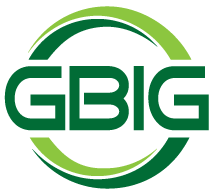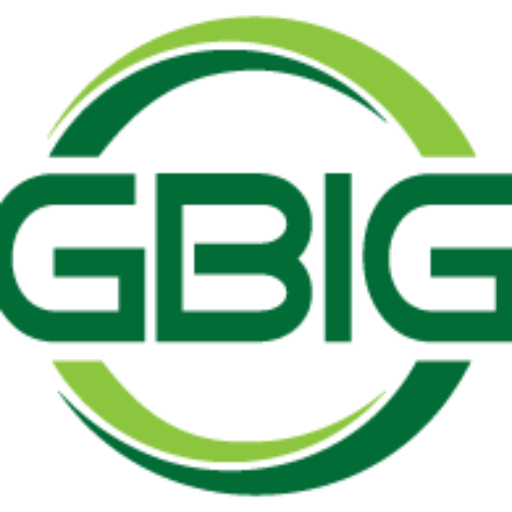Since the first industrial revolution in the mid-1700s, innovation and automation have been the heart of industry in the US. Finding ways to do things faster, more precisely, and with less physical labor has led to exciting improvements in efficiency and worker safety.
The modern industrial revolution is centered around technology: how can we use computers and digital tech to automate even more while reducing human workers’ exposure to dangerous conditions?
Let’s take a look at some cutting-edge technologies that are driving innovations in industrial automation.
Artificial Intelligence & Machine Learning
Artificial intelligence has been widely discussed in recent months, but what does AI mean in industrial settings? Much of it comes down to machine learning: the ability of devices to learn and adapt without humans programming them to make those changes.
In real life, this means smart robots and drones with ever-increasing precision. This technology is useful for inspections, maintenance tasks, material handling, assembly, etc.
Another example is scanner technology, which can learn a multitude of materials and specifications and use AI-guided pattern recognition to spot anomalies, anticipate problems, and optimize production.
Speaking of Robots
Since the first assembly-line robots made their debut, robotics has been an important technology for reducing the need for human workers in hazardous conditions. Robots can work harder, longer, and in the most inhospitable conditions, sparing workers from accidents and injuries, especially those from repetitive motions.
Large industrial robots and smaller collaborative robots are common features in industrial environments, and both benefit from machine-learning technology. Robots can improve their abilities faster than ever with less reliance on human programmers.
This allows for machines that are more precise and have greater dexterity compared to single-task robots. Large machines can be operated with very little human interaction, and collaborative robots can become an extension of the worker as they perform a greater variety of tasks.
Data Collection & Storage
Wireless technology and cloud storage have made it easy for manufacturers to integrate IoT (Internet of Things) devices and sensors to collect data from endless sources. This data is used to improve production lines, enable remote operation of devices, improve energy usage, and so much more.
Current developments in this area include the rollout of 5G technology that provides high-speed connectivity with low latency. This allows faster, more accurate communication between devices, systems, and data storage.
Edge computing is another new technology used for fast or real-time data processing when even 5G communication is too slow. Rather than transferring all data to a central or cloud-based location for processing, critical information is processed as close to the devices collecting the data as possible.
Sustainability Through Efficiency
At Quad Plus, we know that manufacturers can’t just eliminate every piece of legacy equipment in favor of new technology. While we all work toward more sustainable practices, continually improving operational efficiency will keep us on the right path. Greater efficiency means less waste and less energy consumption while still providing the products people rely on.
Many types of older equipment can be integrated with newer technology that allows for tighter margins, better efficiency, and a safer workplace while still enjoying a long working life from critical equipment.
We recently helped this Steel Service Center improve the accuracy of their line so they can operate at a higher speed. We also implemented enhanced safety measures for a safer work environment.
Sustainable Bottom Line, Too
Integrating new technology and working toward sustainable operations benefits more than just the planet. It also directly improves your bottom line. When you need less energy, consume less materials, produce less waste, and provide a safe work environment, you will also see better profit margins.
Quad Plus experts put their industry experience to work every day to integrate new technologies and retrofit equipment in every industry. When you’re ready to maximize the profitability and sustainability of your operations, contact Jim Woulf at jwoulf@quadplus.com or call (920) 515-4155.




















